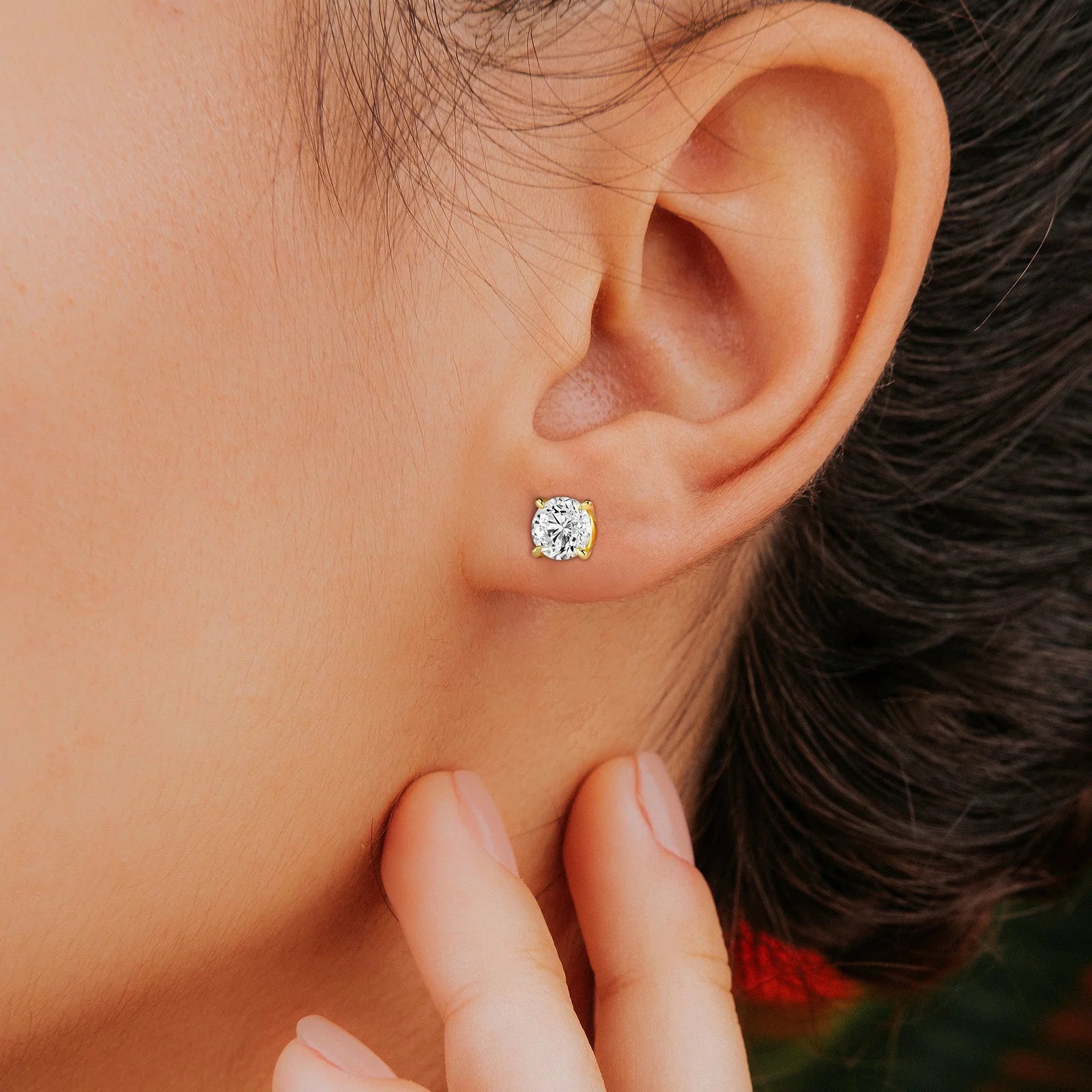Unlock the Secrets: Discover the Most Stunning Gemstones You Didn't Know You Needed!
When it comes to selecting the perfect gemstone for jewelry, understanding the Mohs hardness scale is essential. This scale, developed by mineralogist Friedrich Mohs in 1812, classifies minerals based on their ability to withstand scratching. Each gemstone's hardness rating provides insights into its durability, helping you make informed decisions when purchasing. In this article, we'll explore the fascinating world of gemstones categorized by their hardness, guiding you to discover stunning options that combine beauty with resilience. Whether you're searching for an engagement ring, a statement piece, or a unique gift, understanding the Mohs hardness scale will empower you to choose the right gemstone for your lifestyle and aesthetic preferences.

Understanding the Mohs Hardness Scale
The Mohs hardness scale is a ten-point scale that ranks minerals based on their scratch resistance, ranging from talc, the softest mineral at 1, to diamond, the hardest at 10. This classification system not only reflects the physical properties of the minerals but also plays a crucial role in determining their practical applications, especially in jewelry. For instance, softer gemstones may be more prone to scratching and damage, making them less suitable for everyday wear. On the other hand, harder gemstones are typically more durable, making them ideal for rings and bracelets that are exposed to daily wear and tear. Understanding the Mohs hardness scale allows jewelry buyers to appreciate the balance between beauty and practicality in their gemstone choices.
Popular Gemstones and Their Hardness Ratings
When shopping for gemstones, it's helpful to know their hardness ratings on the Mohs scale. Here are some popular gemstones and their respective ratings:
- Diamond (10): Known for its exceptional hardness and brilliance, diamonds are the ultimate choice for engagement rings.
- Ruby (9): Valued for its striking red color, rubies are durable and perfect for statement pieces.
- Sapphire (9): Available in various colors, sapphires are not just beautiful but also incredibly tough.
- Opal (5.5-6.5): While stunning with its iridescent hues, opals require more care due to their moderate hardness.
- Amethyst (7): This popular purple gemstone is both beautiful and practical for everyday wear.
- Quartz (7): Found in numerous varieties, quartz is a versatile choice for both casual and formal jewelry.
- Topaz (8): Known for its clarity and range of colors, topaz is a durable option for various jewelry styles.
Understanding these ratings helps buyers select gemstones that not only appeal to their aesthetic senses but also align with their lifestyle needs.
Soft Gemstones (Mohs 1-4)
Soft gemstones, such as talc, gypsum, and calcite, exhibit exceptional beauty but come with a cautionary note regarding their fragility. Talc, rated at 1 on the Mohs scale, is soft enough to be scratched with a fingernail, making it unsuitable for jewelry that sees regular wear. Gypsum and calcite, while lovely and often used in decorative pieces, require careful handling and storage to avoid scratches and damage. Personal anecdotes from friends reveal that while they adore their delicate calcite pendants, they’re often extra cautious when wearing them out, especially in crowded places.
Medium Hardness Gemstones (Mohs 5-7)
Gemstones like quartz, topaz, and garnet fall into the medium hardness category, making them popular choices for everyday jewelry. Quartz, a versatile and abundant mineral, shines in various forms such as amethyst and citrine, both rated at 7. These gemstones are not only beautiful but also practical, as they can withstand the rigors of daily life. Topaz, rated at 8, is another favorite, known for its clarity and vibrant colors. Garnet, with a hardness of 7.5, offers a rich palette of hues and is often chosen for its affordability and durability, making it a staple in many jewelry collections. Friends who wear these gemstones often share that they appreciate their blend of elegance and everyday wearability.
Hard Gemstones (Mohs 8-10)
Hard gemstones, including sapphire, ruby, and diamond, are the champions of durability and desirability in the jewelry world. With a hardness of 9, sapphire and ruby are not only stunning but also resilient, making them perfect for heirloom pieces that can be passed down through generations. Diamonds, rated at 10, are synonymous with luxury and strength, often chosen for engagement rings due to their unmatched durability and brilliance. Many of my friends who wear diamond rings often express their satisfaction with their choice, noting how well the gemstones withstand daily activities without losing their sparkle. These hard gemstones are ideal for anyone seeking long-lasting beauty and investment value in their jewelry.
Choosing Gemstones Based on Hardness for Jewelry
When selecting a gemstone for jewelry, considering its hardness is crucial. For those with active lifestyles, medium to hard gemstones are recommended, as they can endure daily wear without damage. Soft gemstones may be better suited for special occasions or decorative pieces that won't be subjected to frequent use. Additionally, consider the care required for different gemstones; some may need special cleaning methods or storage conditions to maintain their beauty. Whether you’re choosing a gemstone for a significant life event or simply treating yourself, understanding the Mohs hardness scale can guide you in selecting the perfect piece that aligns with your lifestyle and preferences.
Key Takeaways on Gemstone Hardness
In summary, the Mohs hardness scale is an invaluable tool for anyone looking to purchase gemstones for jewelry. It provides essential insights into the durability and care requirements of various stones, enabling you to make informed choices. Whether you're drawn to the timeless elegance of diamonds or the vibrant colors of medium hardness gemstones, considering hardness will ensure that your jewelry not only looks beautiful but also stands the test of time. So, as you embark on your gemstone journey, remember to explore the stunning options available, and choose wisely to find the perfect balance of beauty and durability.








